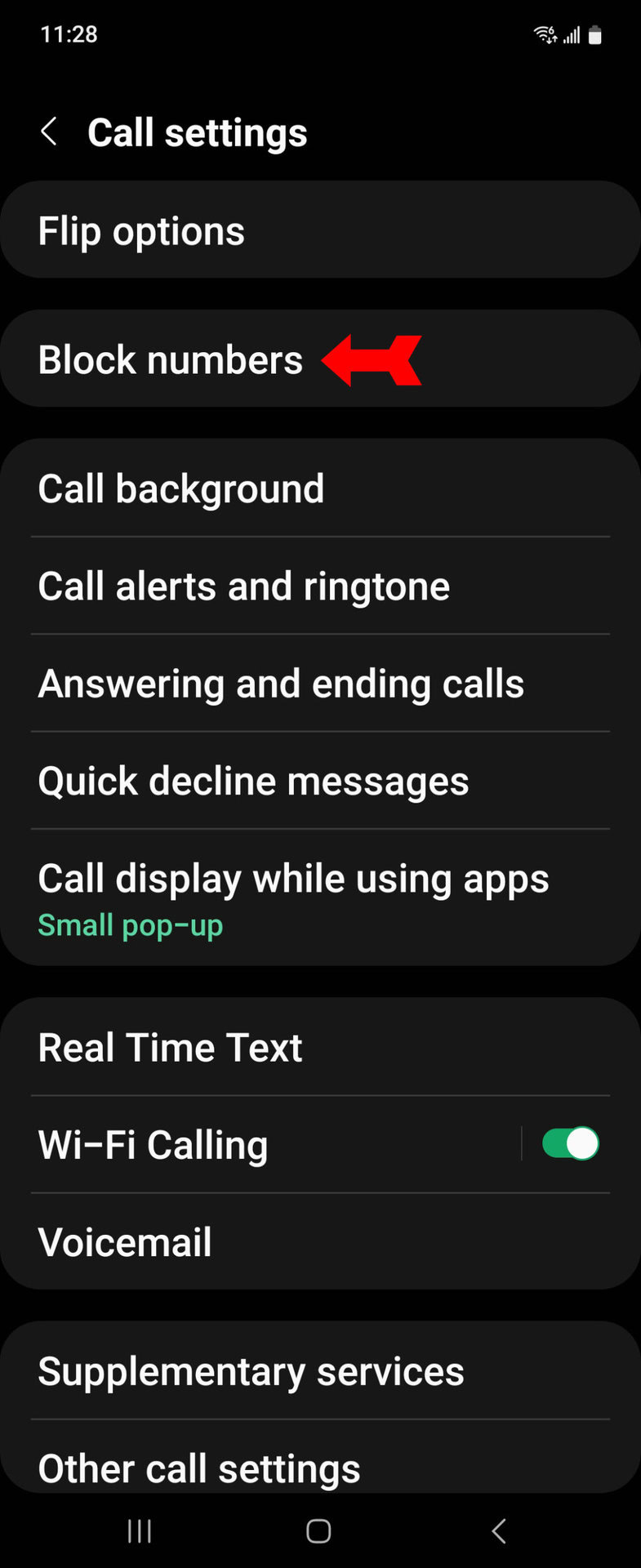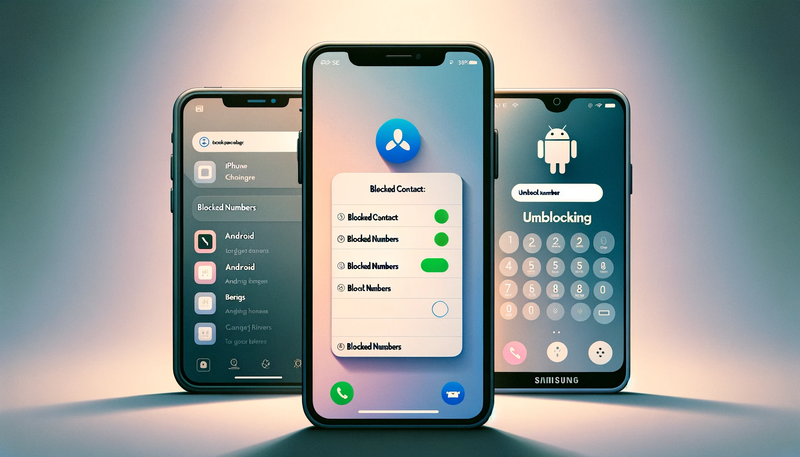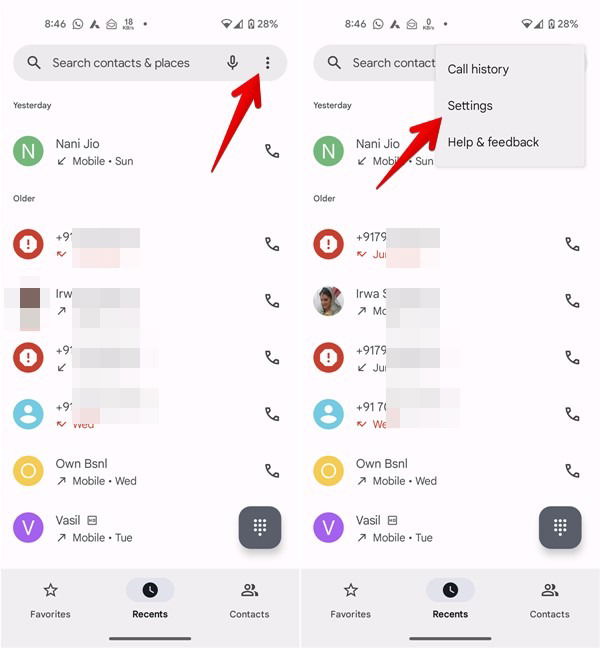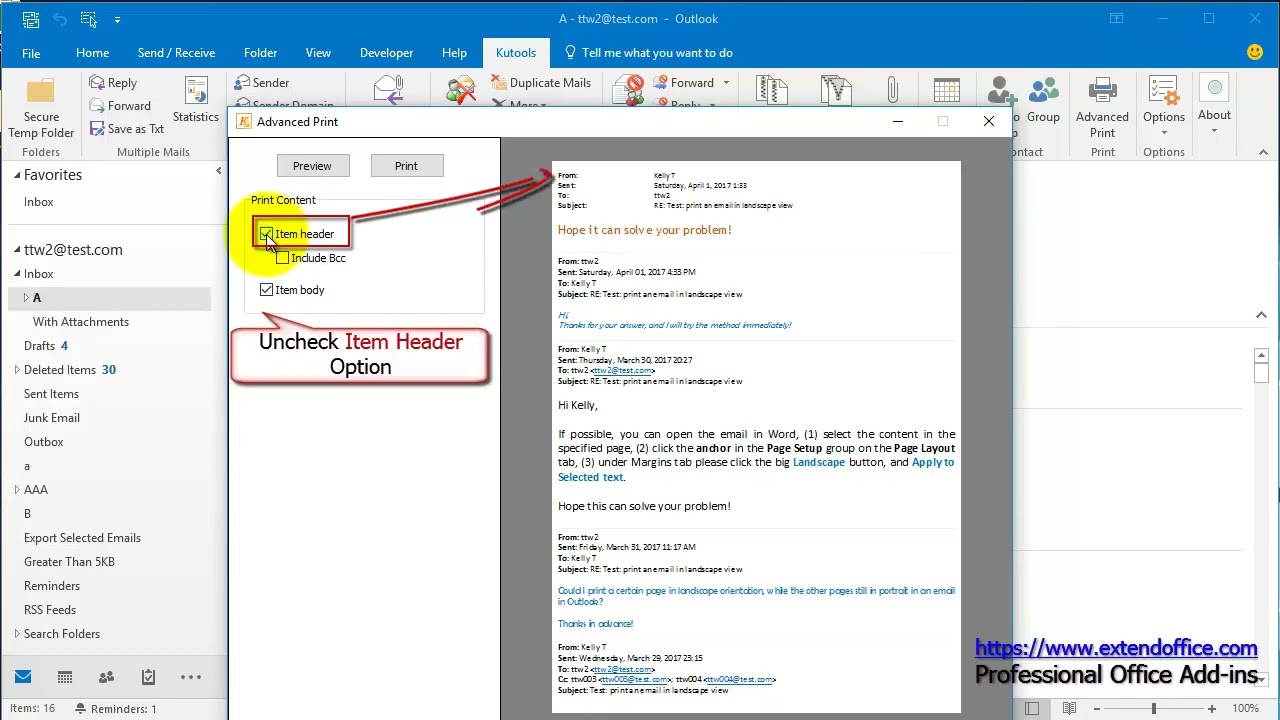Uncover Your Blocked Numbers on Android

In the vast digital landscape, privacy and communication preferences play a crucial role in our daily lives. While Android devices offer robust tools for managing contacts and communication, it's not uncommon for users to encounter situations where they need to uncover blocked numbers. Whether it's a mistaken block, a change of heart, or a desire to review and manage blocked contacts, understanding how to access and unblock numbers is essential. In this comprehensive guide, we'll delve into the process of uncovering and managing blocked numbers on Android devices, ensuring a smooth and informative journey for our readers.
Understanding Blocked Numbers on Android

Android’s built-in features provide users with the ability to block unwanted or unknown numbers. This functionality is designed to enhance privacy and reduce disruptions caused by unsolicited calls or messages. However, it’s important to note that blocking a number doesn’t erase it from your device’s memory; rather, it restricts incoming communications from that particular contact.
When a number is blocked on Android, it remains stored in the device's memory, and the user can access and manage these blocked contacts at any time. This feature allows for a dynamic approach to communication management, enabling users to unblock numbers as needed or review the list of blocked contacts for reference.
Accessing Blocked Numbers on Android Devices

Uncovering blocked numbers on Android is a straightforward process that involves navigating to the device’s settings and accessing the appropriate menu. Here’s a step-by-step guide to help you locate and manage blocked numbers on your Android device:
Step 1: Open Settings
Begin by locating the “Settings” app on your Android device. This app is typically represented by a gear icon and can be found in the app drawer or the home screen. Tapping on the “Settings” icon will open the device’s main settings menu.
Step 2: Navigate to “Privacy” or “Phone”
Once you’re in the settings menu, look for the “Privacy” or “Phone” section. The exact location may vary depending on your Android version and manufacturer’s customizations. However, you can usually find these options under the “Personal” or “Device” categories.
Step 3: Locate “Blocked Numbers”
Within the “Privacy” or “Phone” settings, scroll down until you find the “Blocked Numbers” or “Call Blocking” option. This menu is where you’ll manage your blocked contacts and gain access to the list of numbers you’ve previously blocked.
Step 4: View Blocked Numbers
Tapping on the “Blocked Numbers” or “Call Blocking” option will open a new screen displaying the list of blocked contacts. Here, you’ll find a comprehensive list of all the numbers you’ve blocked, along with additional options to manage and unblock these contacts.
Managing Blocked Numbers: A Detailed Overview
Now that you’ve accessed the blocked numbers list, let’s explore the various management options available on Android devices. From unblocking specific contacts to customizing blocking settings, here’s a comprehensive guide to help you take control of your communication preferences.
Unblocking a Number
To unblock a specific number, simply locate the contact on the blocked numbers list and tap on it. This action will open a detailed view of the contact, providing additional options. Look for the “Unblock” or “Remove from Blocked” option, and select it to lift the block on that particular number.
Customizing Blocking Settings
Android devices offer customizable blocking settings, allowing users to tailor their communication preferences. To access these settings, navigate to the “Blocked Numbers” or “Call Blocking” menu, and look for an option like “Blocking Settings” or “Advanced Blocking Options.” Here, you can adjust the following:
- Blocking Mode: Choose whether to block only calls, only messages, or both.
- Whitelisted Contacts: Create a list of trusted contacts that will always be able to reach you, even if they're blocked.
- Blacklisted Contacts: Specify a list of numbers that will be blocked regardless of your general blocking settings.
- Blocking Period: Set a duration for blocking, allowing you to automatically unblock numbers after a specified time.
Adding or Removing Numbers
Android’s blocking feature allows you to add numbers manually or remove them from the blocked list. To add a number, simply open the “Blocked Numbers” menu, tap on the “+” or “Add” button, and enter the desired contact details. Conversely, to remove a number, locate it on the blocked list and select the “Remove” or “Unblock” option.
Reviewing Blocked Numbers History
Android devices often maintain a log of blocked numbers, allowing you to review and analyze your blocking activity. To access this history, navigate to the “Blocked Numbers” menu and look for an option like “Blocked Numbers History” or “Blocked Calls/Messages Log.” This log provides insights into the numbers you’ve blocked, the dates of blocking, and any additional details.
Advanced Blocking Techniques
Android devices offer advanced blocking techniques to enhance your privacy and control over incoming communications. Here are some additional features and strategies to consider:
Contact-Specific Blocking
Android allows you to block individual contacts, ensuring that you can manage your communication preferences on a case-by-case basis. This feature is particularly useful when you want to block a specific person without affecting other contacts.
Unknown Callers Blocking
Many Android devices offer the ability to automatically block calls from unknown or private numbers. This setting can be particularly beneficial for reducing unsolicited calls and protecting your privacy.
Call Screening and Spam Detection
Android’s call screening and spam detection features can help you identify and manage incoming calls more efficiently. These features use machine learning algorithms to analyze call patterns and provide real-time insights, allowing you to decide whether to answer or block a call.
Third-Party Blocking Apps
If you’re seeking additional blocking features or a more comprehensive blocking solution, consider exploring third-party blocking apps available on the Google Play Store. These apps often offer advanced blocking options, customizable settings, and enhanced privacy features.
Best Practices for Managing Blocked Numbers

While Android’s blocking features provide a robust toolset for managing communication, it’s important to approach blocking with caution and mindfulness. Here are some best practices to consider when managing blocked numbers:
- Regular Review: Periodically review your blocked numbers list to ensure that you haven't inadvertently blocked important contacts. Regular reviews help maintain an accurate and up-to-date list.
- Contextual Blocking: Consider the context and your current circumstances when blocking numbers. For example, you may choose to block a number temporarily during a busy period and unblock it later.
- Whitelisting Important Contacts: Create a whitelist of trusted contacts to ensure that they can always reach you, even if you have blocking settings in place.
- Educate Yourself: Stay informed about Android's blocking features and updates. Understanding the latest tools and techniques can help you make the most of your communication management.
Future of Blocking Features on Android
As Android continues to evolve, we can expect further enhancements to its blocking features and privacy tools. Google and Android manufacturers are actively working on improving call screening, spam detection, and blocking capabilities. Here are some potential future developments to look forward to:
- Enhanced AI Integration: Advanced artificial intelligence (AI) algorithms may be integrated into blocking features, providing more accurate and context-aware blocking decisions.
- Cross-Platform Syncing: Blocking settings and preferences could be synced across multiple devices, ensuring a consistent and seamless blocking experience regardless of the device you're using.
- Community-Driven Blocking: Android could explore community-driven blocking, where users contribute to a database of known spam or unwanted numbers, providing a more comprehensive blocking solution.
- Personalized Blocking Profiles: Users may have the ability to create personalized blocking profiles, allowing them to switch between different blocking settings based on their current needs or activities.
Can I recover blocked numbers if I accidentally deleted them from my device’s memory?
+Unfortunately, once a blocked number is deleted from your device’s memory, it cannot be recovered. However, if you have a backup of your contacts or call logs, you may be able to restore the blocked number from there. It’s always a good practice to regularly back up your important data to avoid such situations.
How do I block a number that is not saved in my contacts list on Android?
+To block a number that is not saved in your contacts, you can manually enter the number in the “Blocked Numbers” menu. Simply open the settings, navigate to the “Privacy” or “Phone” section, and look for the “Blocked Numbers” or “Call Blocking” option. From there, you can add the number you wish to block.
Are there any third-party apps that can help me manage blocked numbers more efficiently on Android?
+Yes, there are several third-party apps available on the Google Play Store that offer advanced blocking features and customization options. These apps can enhance your blocking experience by providing features like call blocking, message blocking, and customizable blocking profiles. Some popular options include Truecaller, Mr. Number, and Call Control - Call Blocker.
Can I block a number temporarily, and then unblock it later on Android?
+Absolutely! Android allows you to block numbers temporarily by setting a blocking period. You can choose to automatically unblock the number after a specified duration. This feature is particularly useful when you want to silence a contact for a limited time, such as during a vacation or a busy work period.



